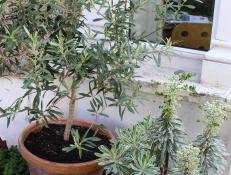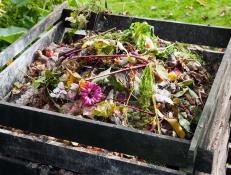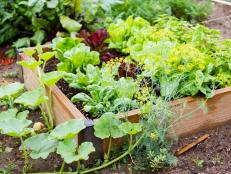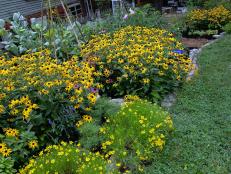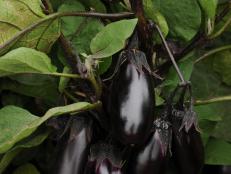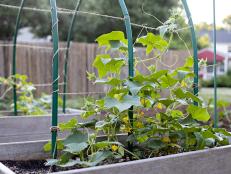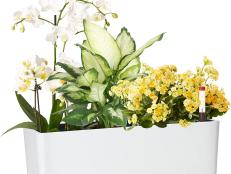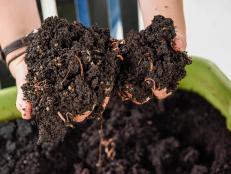What the Heck is Biochar?

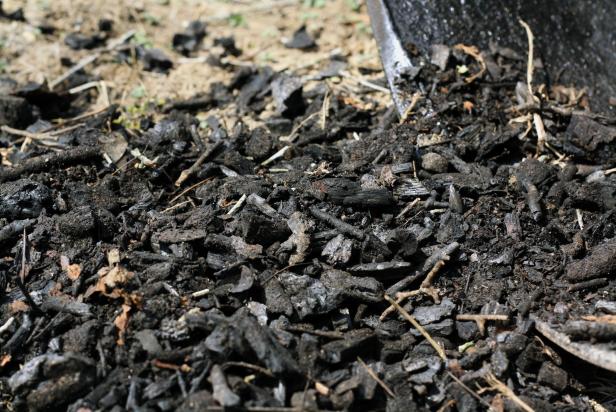
Photo by Mick Telkamp
The term biochar is relatively new and may be unfamiliar to many, but the fundamentals of augmenting earth with fine-grained charcoal created by pyrolysis (heating carbon-rich organic matter in low oxygen conditions) have boosted the fertility of soil for thousands of years.
Perhaps the most striking example of biochar in action is the rich soil known as “terra preta” (black earth) in the Amazon basin, where over a thousand years ago natives burned jungle plants and branches in slow smoldering piles and combined the charcoaled remains with manure to enrich nutrient-deficient clay soil. Unlike compost, biochar does not decompose and its benefits can last hundreds of years. Indeed, the terra preta remains fertile to this day.
When organic matter like wood, leaves, manure or gasses burns in limited oxygen environments, the water, chemicals and gasses within are released, but the carbon structures are left behind, resulting in microscopic pockets where moisture and bacteria are captured. Thriving bacterial growth in these microscopic chambers are building blocks for developing nutrient-rich soil.
The benefits of biochar do not end with nutrition development and retention. The pH balance is neutralized, need for fertilizer is reduced, minerals are delivered to plant roots more easily, and “carbon sequestering” reduces the release of carbon dioxide into the atmosphere. A study at Cornell University estimates that the conversion of residues from commercial forestry and crop production to biochar could offset as much as a third of U.S. carbon emissions from fossil fuels.
Some believe biochar could be a global warming game-changer, although its merits as a relevant combatant are debated. For the home gardener, the value of this soil amendment can be harnessed without national initiatives. Biochar still has limited commercial availability, but can be made at home with limited expense using lawn waste and a little ingenuity.
Here's how:
Nestling a smaller metal barrel filled with branches, leaves and grass inside a larger drum can serve as an efficient biochar cooker.
Another method involves drilling holes in a lidded metal drum, packing it with organic matter and placing it in a bonfire to bake.
We tried our hand at a simple DIY biochar this week. We set a fire with branches and leaves in a 55 gallon drum and covered it with a loose fitting lid to smoulder. In a just a few hours the lawn debris was reduced to a rich charcoal to be tilled into the garden soil. While the biochar produced with our single barrel method was less efficient than double barrel or closed cask systems, for a first-timer the results were more than satisfactory. It broke down nicely for use in a small garden plot and didn’t cost a dime to improve our soil and perhaps even tucked a few credits into our personal carbon emission piggy bank.






